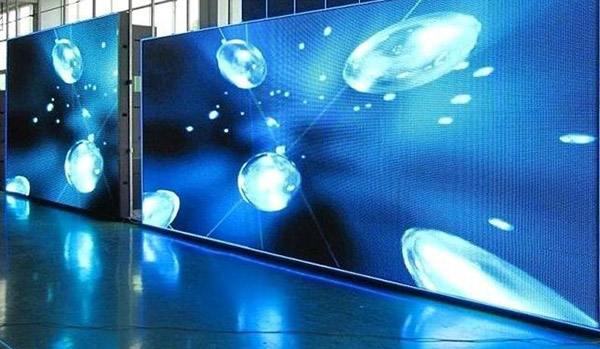Perfecting Hue Accuracy in Light Emitting Diode Wall Calibration for Breathtaking Visual Presentations
Perfecting Hue Accuracy in Light Emitting Diode Wall Calibration for Breathtaking Visual Presentations
Blog Article
Color accuracy is essential for creating stunning graphic displays, especially when using LED walls. These massive displays are frequently found in places like concert venues, sports arenas, and advertising billboards. When the colors on an LED wall are not correct, the images can look dull or warped, which can impact the total impression for audiences. Therefore, mastering color precision in LED screen calibration is crucial for achieving vibrant and true-to-life visuals.
The first step in guaranteeing color accuracy is understanding how LED technology works. LEDs, or light-emitting diodes, produce light in various colors by combining red, green, and blue (RGB) light. Each dot on an LED wall consists of these three hues. When tuned properly, the mix of RGB can produce a broad range of colors. However, if one color is too intense or too faint, it can distort the entire display. This is why calibration is needed to equalize the hues and reach the desired visual effect.
Tuning involves modifying the settings of the LED screen to make sure that the colors shown match the initial material as closely as feasible. This procedure typically involves using specialized software and hardware instruments. Technicians often use color assessment devices, such as spectrophotometers, to examine the hues being displayed. By contrasting the measured hues to standard color standards, they can make precise modifications. This guarantees that the colors are not only lively but also consistent across the whole screen.
Another crucial aspect of color precision is comprehending the surroundings in which the LED wall is employed. Factors such as surrounding light can significantly affect how colors look. For example, a well-lit lit room may fade colors, making them look not as vibrant. To counteract this, technicians may modify the brightness and differentiation settings of the LED screen. Additionally, they may choose particular color profiles that are more suited for various lighting conditions. This flexibility helps maintain color precision irrespective of the viewing surroundings.
Finally, regular upkeep and re-tuning are essential for maintaining an LED screen looking its best. Over time, the performance of LEDs can alter due to factors like aging and heat fluctuations. Regular checks and modifications can help ensure that the hues stay accurate and browse around this website lively. By committing time in proper tuning and upkeep, venues can provide audiences with breathtaking visual presentations that improve their overall impression. Mastering color accuracy in LED screen calibration is not just a technical job; it is an art that adds to the magic of visual storytelling.